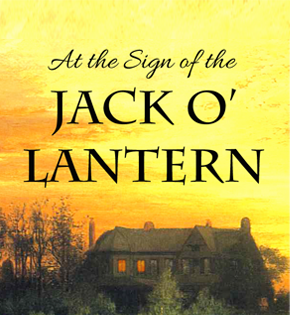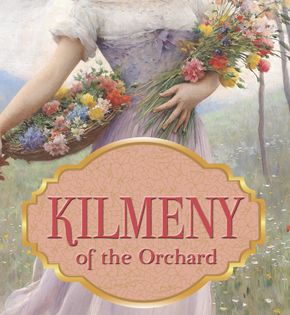Finney won the Golden Globe for Best Actor in a Musical for this role, and it’s easy to see why. He carries himself like a man in his sixties, stooping slightly, affecting a Bell’s Palsy-like curl to his lip and a high-pitched fussiness to his tone. His make-up and styling are brilliant. I can’t detect any cosmetics aging him; it is all so realistically applied, and the addition of sparse, greasy hair and dirty fingernails completes his metamorphosis. In the flashback scenes when he travels to his youth with the Ghost of Christmas Past, we see how young and handsome he really was at the time of the filming, making the juxtaposition of his younger and older selves all the more startling.
The heartbreak of Scrooge’s loss of his love, Isabel, in the past, the amusement of his nephew’s party in the present, and the terror of his death in the future all play across Finney’s visage with sincere depth. He is a skilled performer and fully possesses this role. I never fail to weep right along with him when he wakes up on Christmas morning and realizes that it’s not too late--he can begin to live again. Who among us would not be touched to the point of tears by a trip to our past mistakes, be surprised by how others view us in the present, or shudder with terror at the thought of how our inadequacies may affect our future? The fears, hopes, and worries depicted in this story are universal and unchanging, transcending place and time and showcasing the human condition with a drama and pathos that cannot be denied.
It isn’t a perfect production. Except for Alec Guinness as Jacob Marley and Kenneth More as the Ghost of Christmas Present, most of the other actors are decent to mediocre, and some of the music drags at times, though the song “Thank You Very Much” is excellent and was nominated for an Academy Award. But the special effects are spooky, the costumes are authentic, and the setting in Victorian Era England is beautifully accomplished. The opening credits are accompanied by lovely illustrations depicting scenes from the film, prepping the viewer for the enjoyment to come.
Charles Dickens has never been one of my favorite authors (this stems from being singled out and forced to read Great Expectations by my fifth grade English teacher--a traumatic experience from which I have never fully recovered), but he must be given credit for creating such an iconic character. The main problem I have with most of his books is that they are simply too long, but A Christmas Carol is a novella that can be read in an afternoon. It is particularly enjoyable to listen to this story, and I think Dickens himself would have approved of the audio versions currently available; he publicly read A Christmas Carol many times. His goal wasn’t just to entertain but to enlighten. Because of his own sad childhood, it was largely written to provide a voice for the impoverished in London, particularly the children in the workhouses. This is using art for its highest and best purpose. There is a touch of the Divine in the ability to move people to positive action while entertaining them.
It should also be noted that the greeting “Merry Christmas” was seldom heard before the publication of A Christmas Carol, and it was popularized by the book. I personally can’t celebrate the holiday without featuring this work prominently in my season’s decorations. I have a beautiful copy of the text illustrated by P.J. Lynch on display throughout the holidays, as well as my Scrooge and Marley Byers’ Choice Christmas Carolers standing before the fire. My girls and I look forward to watching Scrooge together every year, just as I did with my own Mom when I was growing up. This December 17th marks the 169th anniversary of its publication; I hope you find time to choose your favorite version and enjoy it this Christmas.
Posted by : L.R. Blizzard



































